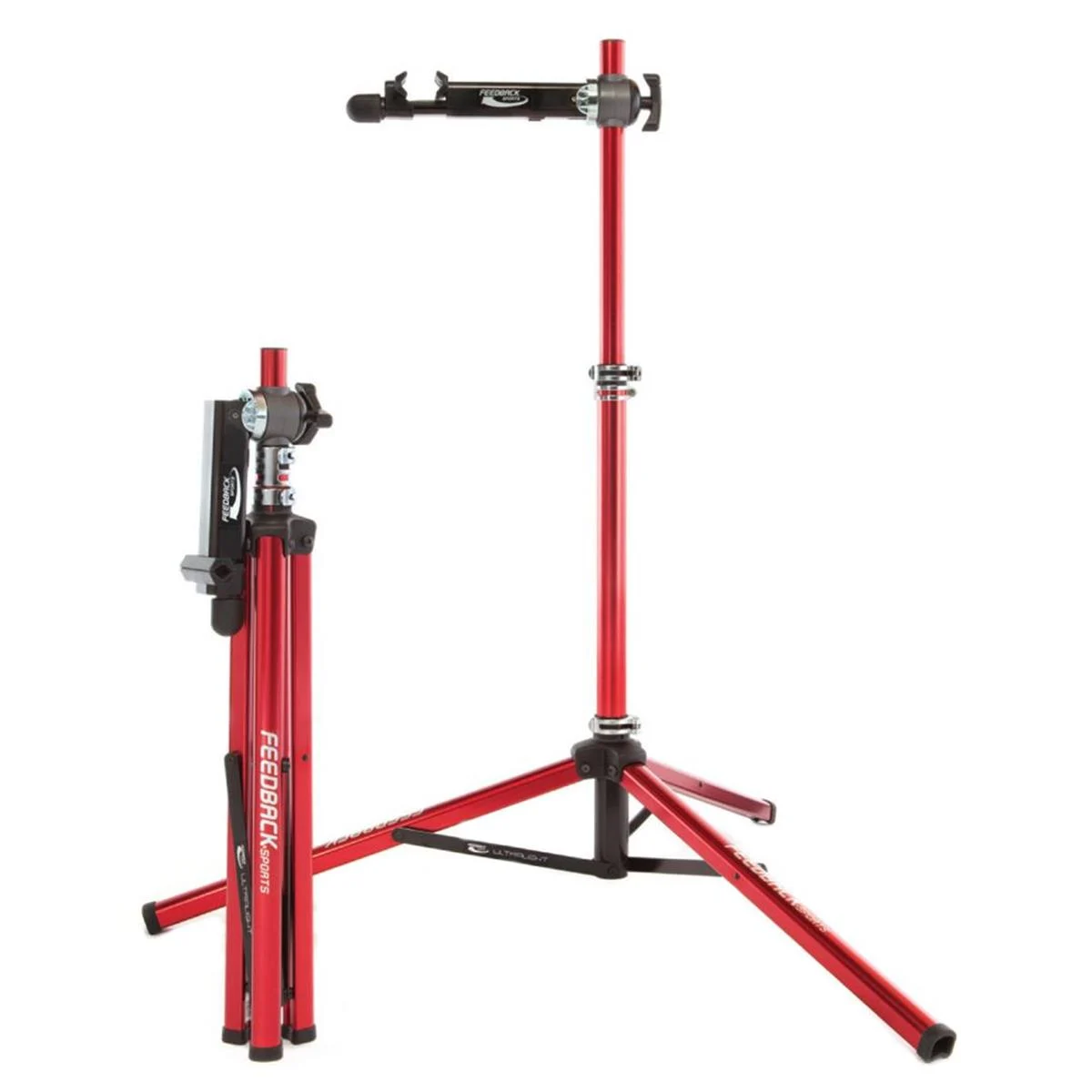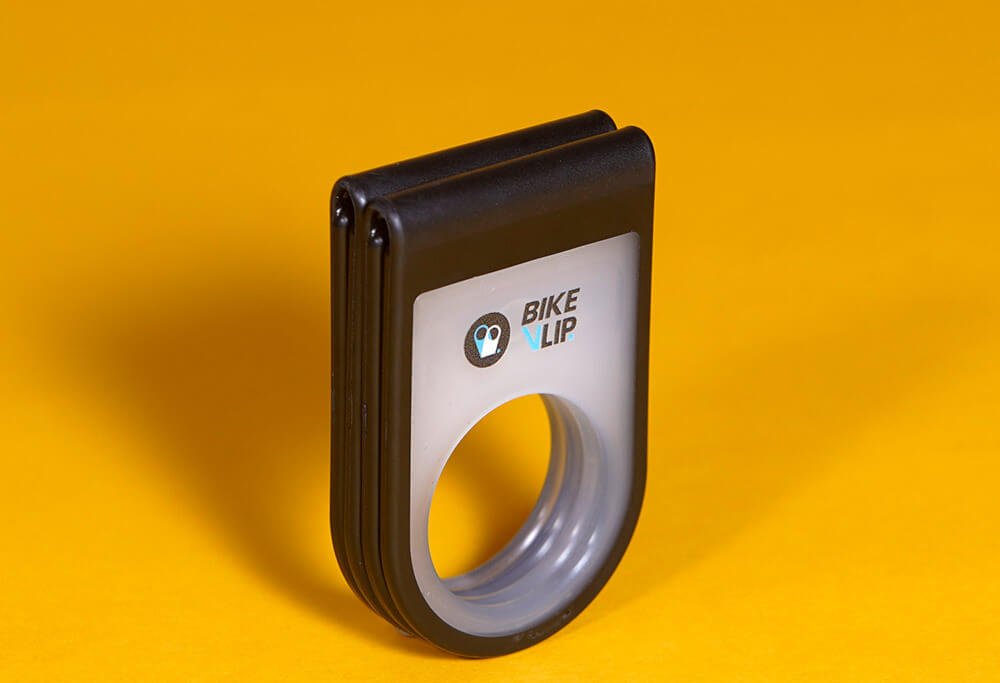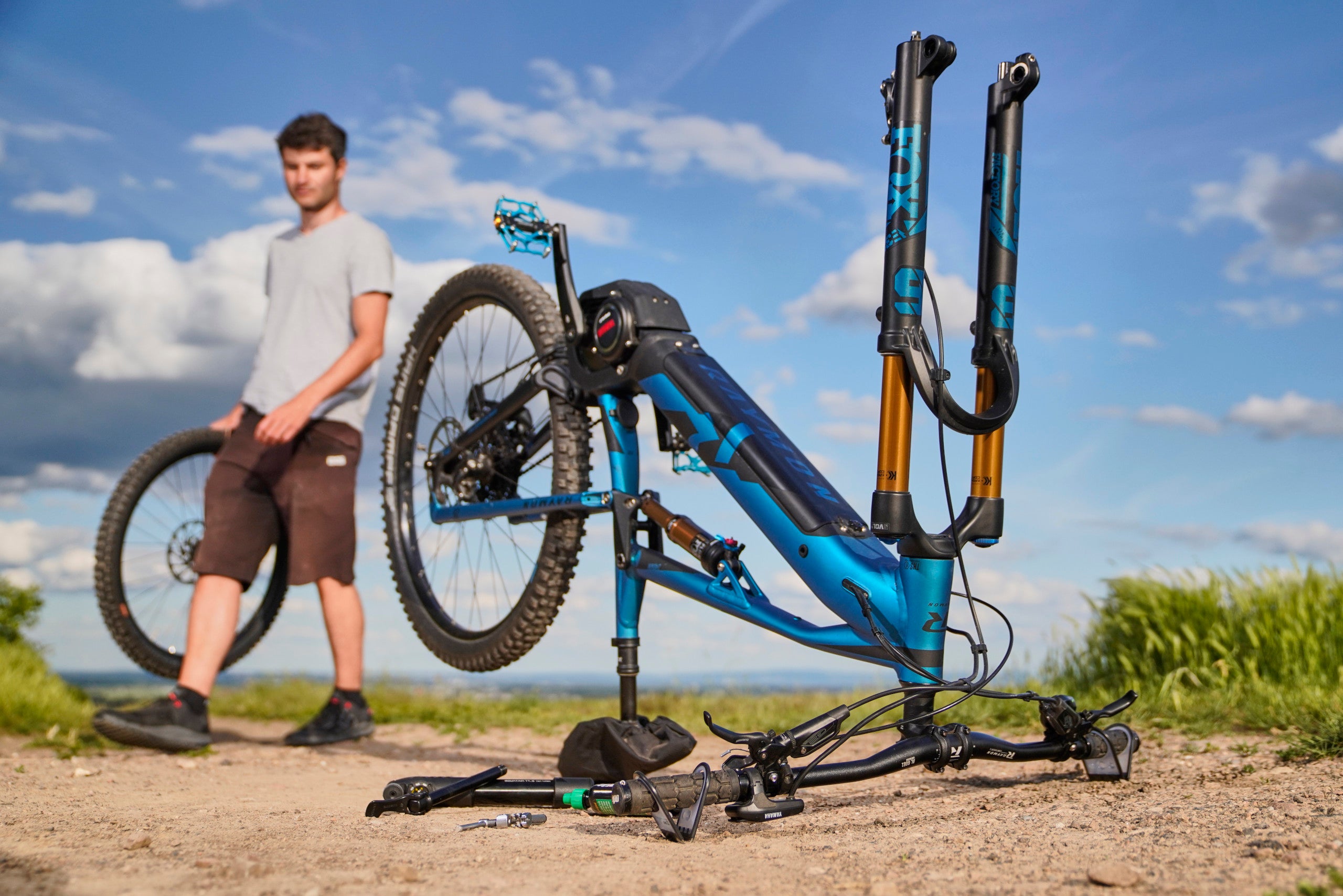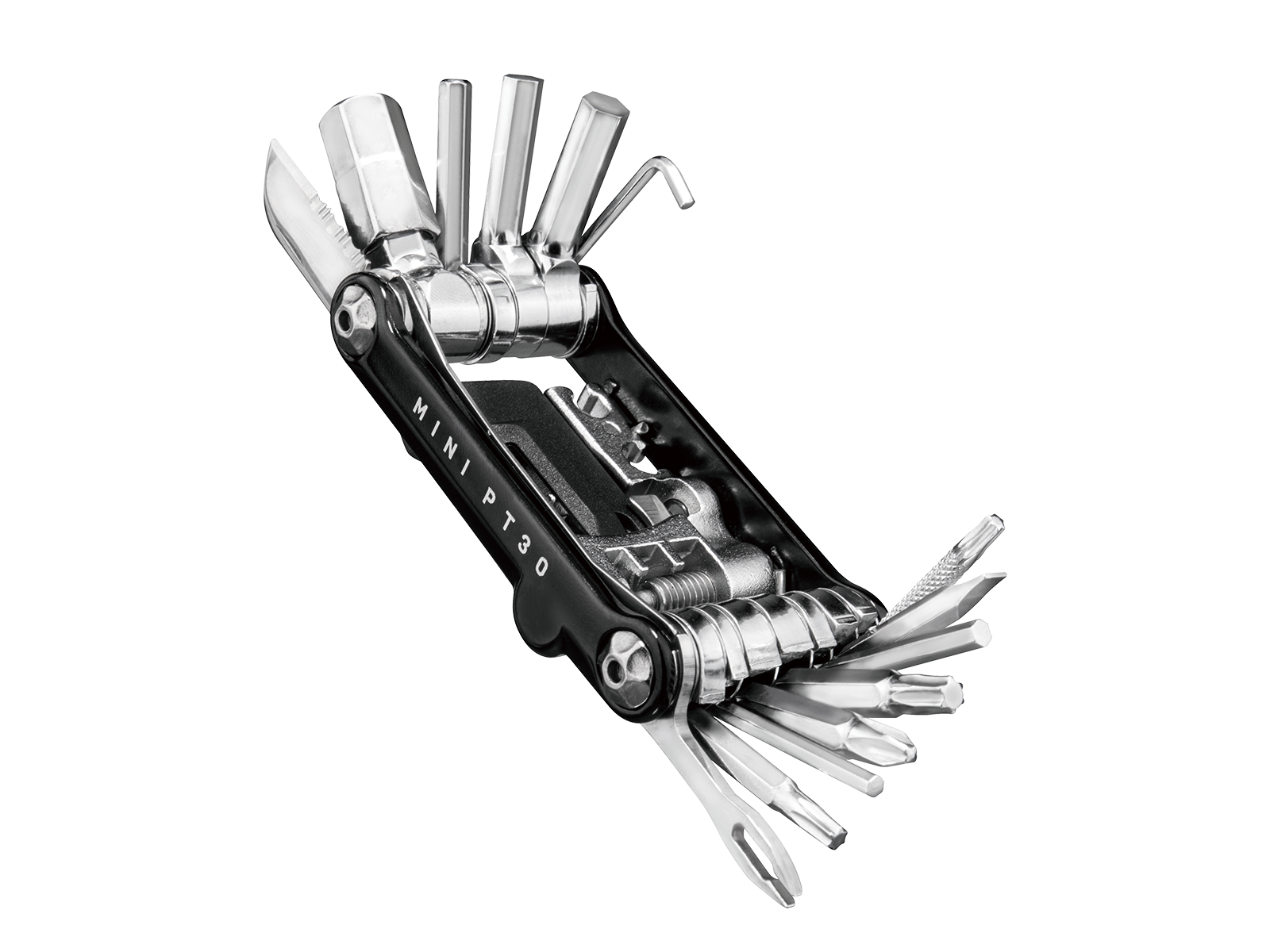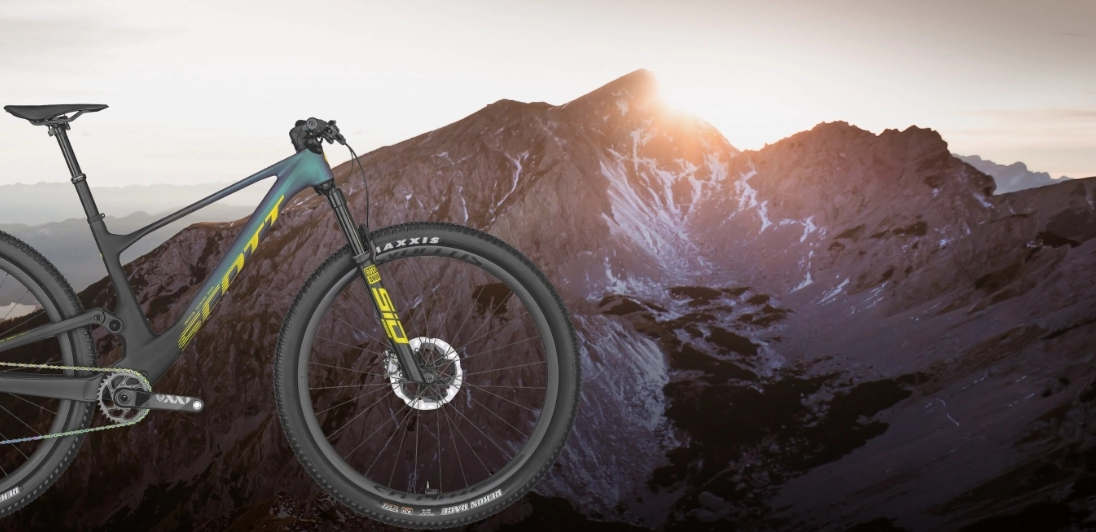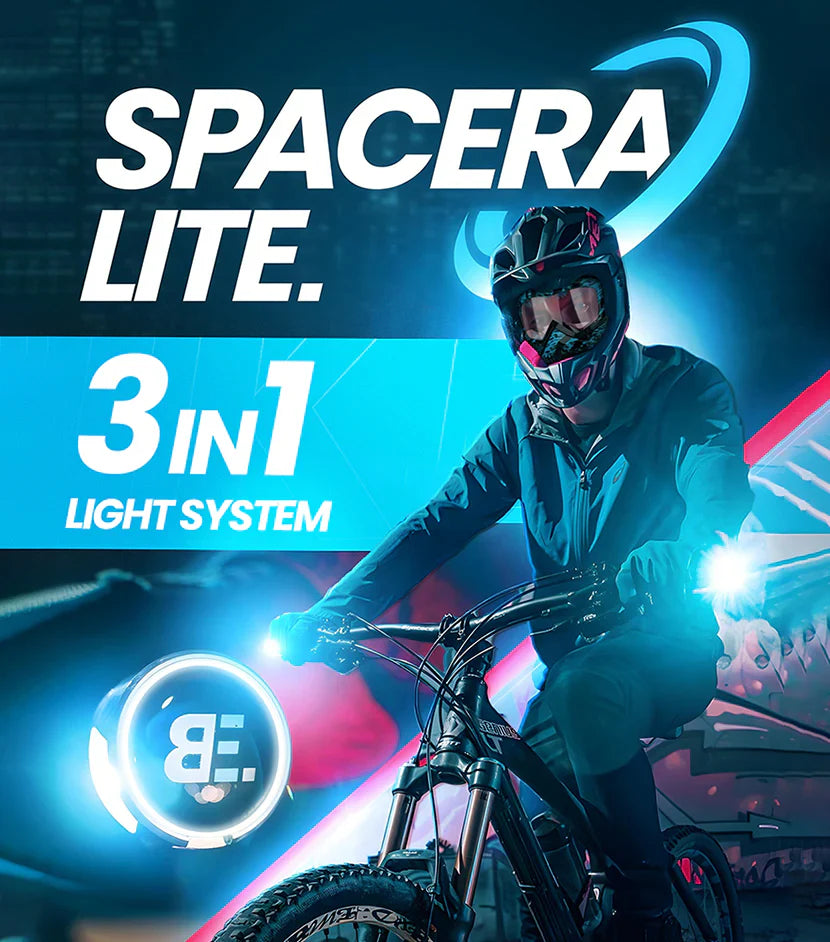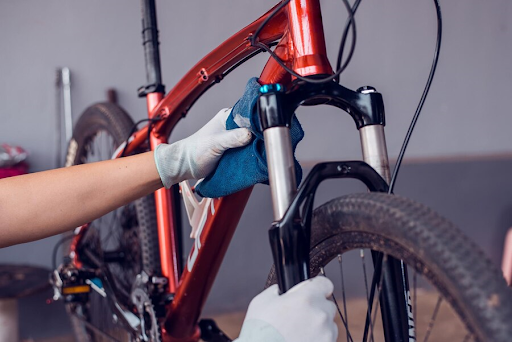Are you new to the thrilling world of mountain biking and puzzled by the array of gears on these bikes? Fear not! Understanding mountain bike groupsets, especially those from Shimano gears, can be a game-changer. These gear systems determine your ride's performance, efficiency, and overall biking experience.
Did You Know,
Shimano, a renowned brand in the cycling industry, starts at $200-300 and steadily progresses to well over $1,000, depending on a wide spectrum of options.
What Will You Learn In This Blog Post
By finishing this blog, you'll understand all about mountain bike gear setups, especially the ones made by Shimano and SRAM. It doesn't matter if you're just starting or have been riding for ages and want an upgrade. This guide will help you know what you need to make smart choices and make your biking adventures even better.
So let's get started.
What Is An MTB Groupset?

When you hear "MTB gears" or "groupset," it might sound like just one thing, but many different parts make your bike's gears work together.
These parts, like the gears and things that help you change them, must fit perfectly to make your bike ride smoothly. Usually, companies sell them all together as a groupset because they need to work well with each other.
An MTB groupset isn't only about the gears; it also includes brakes. Everything in this groupset needs to match up and work together smoothly.
But don't worry; you can mix and match or switch out parts if you want something specific for your bike. It's about making things fit together just how you like to ride.
How Do MTB Gears Work?
How mtb gears work initially seems tricky, but it's pretty clever! Most modern mountain bikes use what's called an external 1x drivetrain. It sounds technical, but it's about having one front chainring and a bunch of gears at the back. Changing these gears helps you ride better on different trails.
1x Drivetrain Basics:
On most modern mountain bikes, you'll find this 1x system. It's called 1x because it has only one front chainring. In a cassette, the gears at the back give you a wide range to pick from. You shift these gears using a shifter on the handlebar that talks to the rear derailleur, which moves the chain between the MTB gears.
Shifting Gears:
When you press the shifter, it tells the rear derailleur to move the chain. This movement shifts the chain onto a bigger or smaller gear in the cassette. It's usually done with a cable that connects the shifter to the derailleur.
Still, some super fancy gear like SRAM’s Eagle Transmission uses a wireless signal to do this without any cables. It's like magic!
Older Drivetrains - 2x and 3x:
Before the 1x became popular, bikes used to have 2x or 3x drivetrains. These systems had multiple front chains, and the rear cassette wasn't as wide-ranging as the 1x setup. They relied on a front derailleur to switch between the chainrings.
But they have downsides, like being more complicated, having less range of gears, and being heavier. That's why they're less common on newer bikes for mountain trails.
Our search engine helps you find an optimal bike for your needs.
Mechanical Or Electrical | Which Gear Shifting System Is Right for You?
Choosing between mechanical and electrical gear-shifting systems can be like picking between tradition and innovation. Each system has its perks, but what works best for you?
Mechanical Precision:
Mechanical shifting relies on cables and levers to move your bike's gears. It's reliable, tried-and-true technology that many riders trust. The feel of shifting gears manually can give a direct connection between you and your bike.
Electrical Efficiency:
On the other hand, electrical shifting, like SRAM's wireless systems or Shimano Di2, uses electronic signals to change gears. It's incredibly precise and can make gear changes feel smoother and more consistent. Plus, no cables means less maintenance!
Consider Your Needs:
Think about how you ride and what you prioritize. Mechanical systems suit those who prefer a hands-on approach and don't mind occasional adjustments. Electrical systems appeal more to riders who want high-tech precision and minimal maintenance.
Are you also searching for the best mountain bike repair stands? Read our latest blog post, The benefits of investing in a small portable mountain bike repair stand.
Shimano MTB Groupsets: Your Guide to Bike Gear

Choosing the right gear for your mountain bike means figuring out which Shimano groupset fits you best. People often think cheaper sets aren't as good, but that's not always true with Shimano.
This guide is all about Shimano gears and how they're not just about price. From the basic Tourney to the fancy XTR, each set has its materials and performance.
Let's explore these options to find the perfect gear for your biking fun!
Shimano Tourney Group

The Shimano Tourney groupset is the most affordable option of all. It is commonly seen on sportive bikes, although it may not be the best choice for off-road riding. T
he Tourney groupset is offered in various configurations including 1×7, 1×6, 3×7, and 3×6, providing options to suit different preferences and needs.
The Shimano Tourney group is the entry-level model.
Shimano Altus Group

The Shimano Altus groupset is commonly found on sportive bikes. This is an excellent choice if you occasionally venture off-road with your bike. The Shimano Altus groupset comes in 3x9 and 2x9 versions, providing versatility for your cycling needs.
The Shimano Altus groupset can mainly be found on sportive bikes.
Shimano Acera Group
The Shimano Acera group is ideal for recreational cyclists and those new to off-road riding. According to Shimano, the crankset boasts a sleek design, while the Shimano Acera enables smooth and efficient gear shifting.
The components are durable, crafted from stainless steel, and require easy maintenance. This Shimano mountain bike groupset offers a choice of 18 (2×9) or 27 (3×9) gears.
The Shimano Acera group is also suited to sportive bikes.
Shimano Alivio Group

The Shimano Alivio group is an excellent choice for novice mountain bikers. This mountain bike groupset offers easier maintenance and has undergone significant advancements compared to its more affordable counterparts.
Additionally, it provides the option of 18 gears (2×9) or 27 gears (3×9), ensuring versatility to meet various riding preferences and terrains.
The Shimano Alivio is a great groupset for the novice mtb-er.
Shimano Deore Group
The Shimano Deore groupset is specifically designed for sporty riders and those new to cycling. It comes highly recommended by many mountain bike enthusiasts, especially for beginners who enjoy frequent rides through the forest.
With its durable and reliable components, this groupset offers excellent value for money, making it an ideal choice.
The Shimano Deore groupset is often recommended to avid beginner mountain bikers.
Shimano SLX Group
The Shimano SLX group offers exceptional versatility for conquering terrain on your mountain bike.
Shimano Deore XT Group

The Shimano Deore XT group, also known as XT, is a highly popular groupset for mountain bikes.
Shimano XTR Group
Shimano designed the XTR with the most challenging mountain races in mind, aiming for unrivaled performance and the ultimate riding experience.
SRAM MTB Groupsets Hierarchy

Before putting all the SRAM MTB gears in a row, it’s useful to clarify the meaning of a couple of terms.
- AXS: SRAM's cutting-edge wireless shifting technology, known by this name
- Eagle: SRAM named all their 1 x 12-speed groupsets "Eagle" when introducing the 1 x 12 gearing. This naming convention makes it simple to identify a 12-speed groupset from SRAM.
SRAM SX Eagle Groupset
SRAM's entry-level groupset is called the SX. It is a 12-speed (Eagle) groupset commonly found on entry-level model mountain bikes. Despite its affordability, the SX groupset has one drawback - its weight. Weighing 2328 grams, it is evident that heavier materials were used in its construction.
The SRAM SX Eagle groupsets are available on various mountain bike models from Cube and entry-level models from Trek, Scott, and Giant. The introduction of the SRAM SX groupset marked the end of 2 x 11 SRAM MTB gears on new MTBs.
With an 11-50 ratio, this groupset provides a range of 454%. The HG cassette is compatible with an HG 9-11 speed body.
The SRAM SX Eagle groupset is found on entry-level models.
SRAM NX Eagle Groupset

The next groupset in SRAM's range is the NX Eagle. The NX groupset is now exclusively available as an Eagle (1×12).
The previous 11-speed version of NX is no longer used on new mountain bikes, but replacement parts for a SRAM NX 1×11-speed groupset can still be obtained.
The cassette in the NX Eagle groupset is compatible with HG bodies, which can be fitted onto a 9, 10, or 11-speed Shimano HG body. This cassette provides a wide gear range of 454%. The SRAM NX Eagle groupset is primarily utilized on lower-segment mountain bikes.
If you're new to mountain biking, the SRAM NX groupset is a solid option.
SRAM GX Eagle Groupset
The SRAM GX groupset is now available as 1 x 12, while in the past, there were options for 1 x 11 and 2 x 11 GX groupsets.
Although you can still find individual parts for the older 11-speed groupsets, they are no longer offered as complete sets. On the other hand, the GX Eagle, with its 12-speed configuration, can be purchased as a complete groupset, individual components, or an upgrade kit.
The GX Eagle features a SRAM XD body and boasts a cassette with a 10-52 ratio, providing an impressive range of 520%.
While the shifting response under load is slightly slower than the higher-end groupsets, the GX Eagle offers excellent value for money. It has gained popularity among both enthusiasts and recreational riders alike.
The SRAM GX Eagle groupset offers amazing value for money.
SRAM X01 Eagle Groupset

Moving up from this groupset, we enter the realm of SRAM's high-end offerings.
While the materials used in this groupset may be heavier and less durable than the XX1 groupset, the SRAM X01 Eagle groupset boasts unparalleled strength. This makes it particularly well-suited for trail and enduro riding.
Moreover, this groupset utilizes a SRAM XD body, providing a cassette with an impressive range of 520%.
The SRAM X01 Eagle group offers SRAM's most robust groupset, delivering unparalleled strength and performance.
SRAM X01 AXS Eagle Groupset
For cyclists seeking the optimal combination of SRAM's strongest groupset and wireless shifting, the SRAM X01 AXS Eagle is the ideal choice.
With AXS wireless shifting technology, this groupset elevates your riding experience to the level of trail and enduro racing. Fine-tuning your shifting system is effortless with the user-friendly AXS app.
With this wireless shifting groupset you’re 100% prepared for the rough stuff!
SRAM XX1 Eagle Groupset

If you desire the lightest groupset possible, look no further than the SRAM XX1 Eagle. Constructed primarily with carbon and high-quality aluminum, this groupset weighs 32g less than the X01.
While the XX1 sacrifices some durability compared to the X01, it offers the advantage of a lighter and faster shifting experience.
Designed specifically for Cross Country, the XX1 outshines the X01 intended for trail and enduro.
Equipped with a SRAM XD body, it provides a cassette with an impressive range of 520%. Additionally, you can choose from various finishes, including rainbow-colored, gold, or copper.
This rainbow-coloured groupset is the perfect finishing touch for your bike.
SRAM XX1 Eagle AXS Groupset
Introducing the final SRAM MTB gears: the impressive SRAM XX1 Eagle AXS. This exceptional groupset showcases SRAM's commitment to lightweight design and cutting-edge wireless shifting technology.
The cassette, mounted on a SRAM XD body, boasts an impressive 520% range.
Weighing a mere 1415g, the XX1 Eagle AXS exemplifies superior quality and lightweight construction.
Its seamless shifting capabilities and enhanced durability make it a true standout. With AXS, you can customize your groupset even further, taking your cycling experience to new heights.
This groupset gives you the best of the best!
Conclusion
Exploring the intricacies of mountain biking gears and components helps you make informed decisions when choosing the right equipment for your rides. At BikeEvolution, we understand the importance of having the right gear to fuel your biking adventures.
From mountain bikes to e-bikes, our diverse range of products is designed to cater to your biking needs, whether you're a beginner exploring trails or a seasoned rider pushing boundaries.
Ready to gear up for your next biking journey? Explore our collection today and find the perfect ride for your adventures! Contact us for more details.





